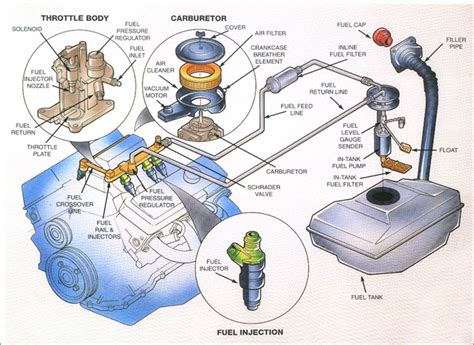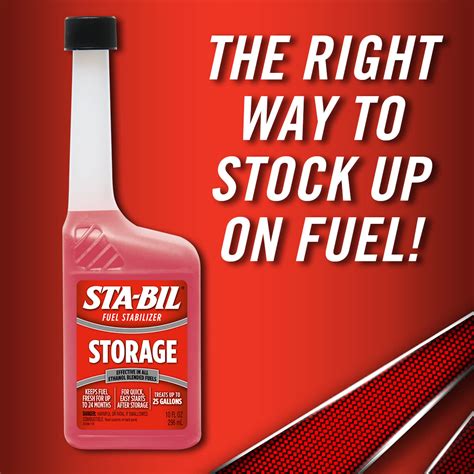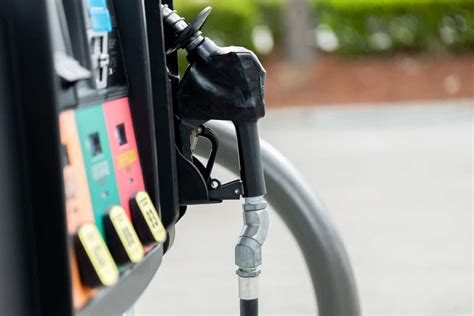The Great Debate: Is Fuel Stabilizer a Must-Have?
For anyone with seasonal equipment, backup generators, or vehicles that sit for extended periods, the question inevitably arises: do I really need fuel stabilizer? It’s often touted as a magic elixir for stored gasoline, but is it an essential preventative measure or just an overhyped additive? Let’s delve into the science behind fuel degradation and understand why this small investment can save you significant headaches and repair costs.
The Enemy Within: How Fuel Degrades Over Time
Gasoline, despite being a liquid, is not static. It begins to degrade almost immediately after refining, especially once exposed to air. This degradation process involves several key mechanisms:
- Oxidation: Oxygen in the air reacts with hydrocarbons in the fuel, forming gums, varnishes, and other sticky residues. These can clog fuel filters, carburetor jets, and fuel injectors.
- Evaporation: Lighter, more volatile hydrocarbons evaporate, changing the fuel’s composition and making it harder to ignite.
- Water Absorption: Gasoline can absorb moisture from the air, especially ethanol-blended fuels, leading to potential phase separation.
These processes can turn fresh, potent fuel into a sludgy, ineffective mess within a matter of months, particularly in older, carbureted engines that are more sensitive to fuel quality.
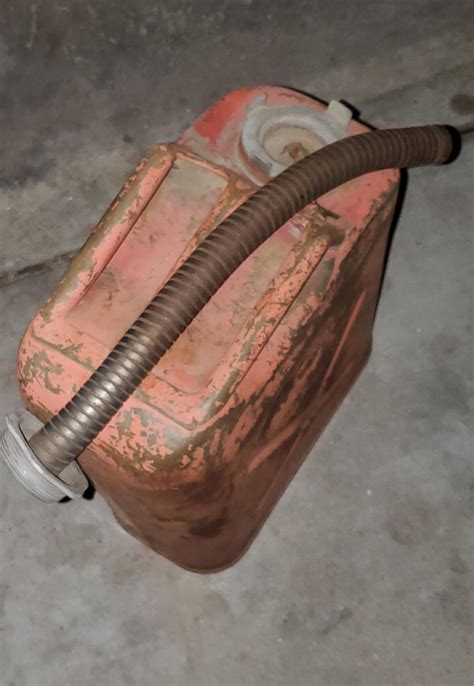
Ethanol: The Double-Edged Sword of Modern Fuel
Modern gasoline, particularly in many regions, contains up to 10% ethanol (E10). While ethanol offers some environmental benefits and boosts octane, it introduces significant challenges for fuel storage:
- Hygroscopic Nature: Ethanol is hygroscopic, meaning it readily attracts and absorbs water. This absorbed water can eventually separate from the gasoline, forming a distinct water-ethanol layer at the bottom of the fuel tank. This is known as phase separation.
- Corrosion: The separated water-ethanol mixture is highly corrosive to metal components in the fuel system.
- Material Degradation: Ethanol can also soften or degrade certain rubber and plastic components found in older fuel systems, leading to leaks or blockages.
For equipment stored for more than a few weeks, especially small engines that often have vented fuel tanks, ethanol’s presence dramatically accelerates the need for preventative measures.
What Exactly Does Fuel Stabilizer Do?
Fuel stabilizer isn’t magic, but it works through a combination of chemical actions:
- Antioxidants: It contains antioxidants that slow down the oxidation process, preventing the formation of gums and varnishes.
- Corrosion Inhibitors: Many stabilizers include agents that protect metal fuel system components from rust and corrosion.
- Water Control: Some advanced stabilizers help disperse or encapsulate water molecules, preventing them from separating and forming corrosive layers. They don’t remove water but manage its effects.
- Fuel System Cleaners: Certain formulations also include detergents to keep fuel injectors and carburetors clean.
By preventing these breakdown processes, fuel stabilizer keeps gasoline fresh, potent, and less likely to cause starting problems or damage to your engine.

When is Fuel Stabilizer Truly Necessary?
While not every drop of gasoline needs stabilization, it becomes critical in these scenarios:
- Seasonal Equipment: Lawn mowers, snowblowers, boats, motorcycles, chainsaws, and other tools stored for 30 days or more.
- Stored Vehicles: Cars, RVs, or classic vehicles that will sit idle for an extended period.
- Emergency Fuel Supplies: Any gasoline stored in cans for power outages or disaster preparedness.
- Any Fuel Left in a Tank for Over a Month: As a general rule, if you won’t use the fuel completely within 30 days, stabilize it.
The cost of fuel stabilizer is minimal compared to the expense and frustration of cleaning or replacing a carburettor, fuel pump, or injectors due to stale fuel.

How to Use Fuel Stabilizer Effectively
For optimal results, follow these steps:
- Add Before Storage: It’s crucial to add the stabilizer to fresh fuel before putting the equipment into storage. Stabilizer prevents degradation; it doesn’t reverse it.
- Follow Directions: Adhere to the manufacturer’s recommended dosage for the amount of fuel you are treating.
- Run the Engine: After adding the stabilizer, run the engine for 5-10 minutes to ensure the treated fuel circulates throughout the entire fuel system (carburetor, fuel lines, fuel pump).
- Top Off Tank: For tanks that might be stored for longer, consider topping off the fuel tank to minimize air space, further reducing oxidation.
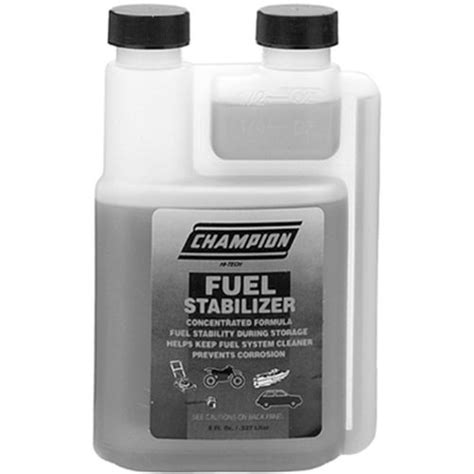
The Verdict: Yes, You Really Do Need It
So, do you really need fuel stabilizer when storing gas? The answer is an emphatic yes, especially with modern ethanol-blended fuels and for any equipment or vehicle that will sit idle for more than a month. It’s a small, inexpensive preventative measure that provides significant peace of mind and protection against costly repairs and frustrating non-starts. Think of it as cheap insurance for your engines. Don’t let stale fuel turn your next spring startup into a repair shop visit.
